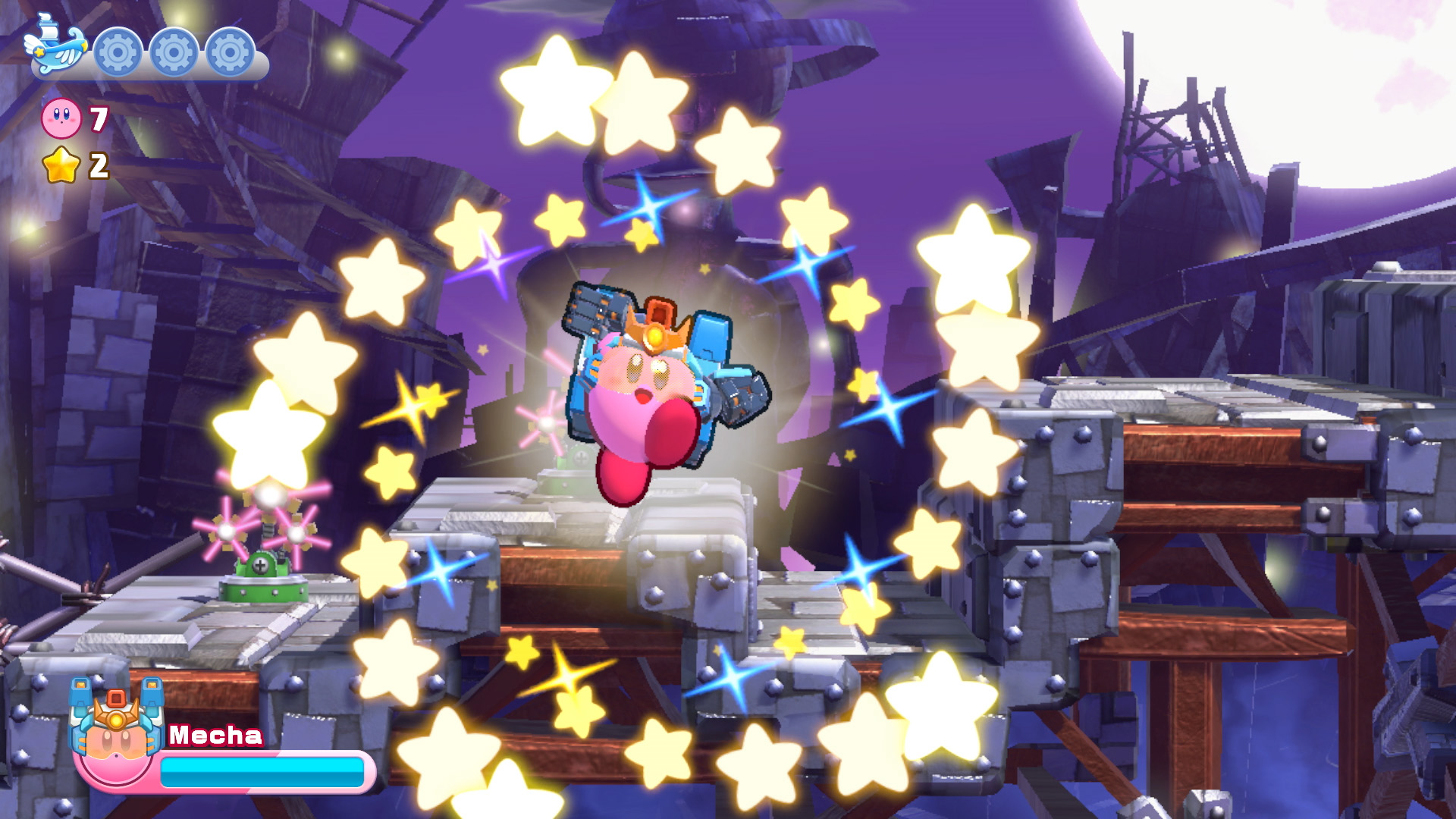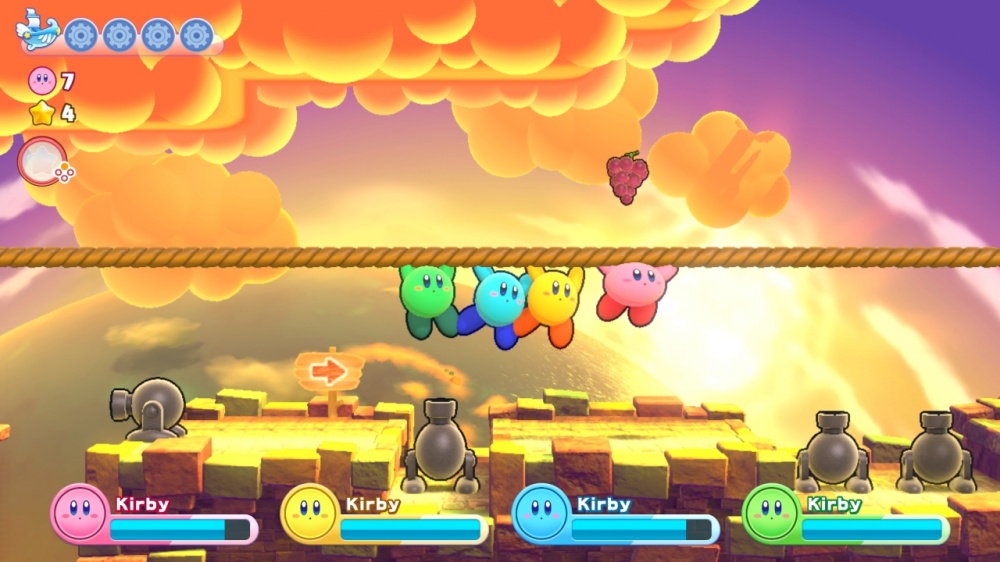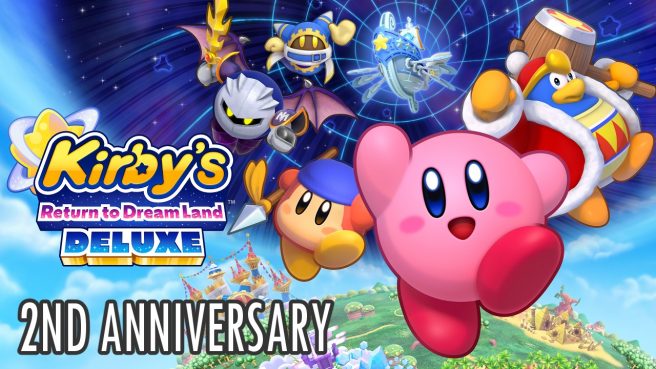Two years later, Kirby’s Return to Dream Land Deluxe is a fantastic remake
Believe it or not, it’s been an entire two years since the last Kirby game. Nintendo has forgotten about Kirby. Jokes aside, the pink puffball had an incredibly productive 2022. Kirby and the Forgotten Land, the first true 3D platformer in the series, was released to critical acclaim. Later that year, we got the less-critically-acclaimed Kirby’s Dream Buffet, and then only a couple months later we get Kirby’s Return to Dream Land Deluxe. That’s a huge number of Kirby games in less than a year, though they were all clearly created by different development teams. Whereas Kirby and the Forgotten was a huge step in a new direction for the series, Return to Dream Land Deluxe didn’t need to be. We know there will be another 3D Kirby game in the hopefully not-too-distant future, and Return to Dream Land Deluxe served as a return to the franchise’s roots for those introduced to Kirby via Forgotten Land. Indeed, Kirby and the Forgotten Land sits on top as the best-selling Kirby game in the franchise at around seven million units sold.

If you were to go back and play the original Kirby’s Return to Dream Land on the Wii, you’d notice that it still holds up pretty well. It released in 2011, so it’s already fourteen years old. It certainly doesn’t feel that way though – despite being the first “modern Kirby” game, its platforming still feels smooth and holds up today. On the surface, Kirby’s Return to Dream Land Deluxe doesn’t change a ton from the original story mode – but when you start paying attention to the minor details, its adjustments start adding up.
Starting with major changes is the remake’s art style. The original Return to Dream Land didn’t look bad by any means; it was a step forward for the Kirby franchise at the time and still looks clean today. That’s just it, though: its art style looks clean, but not super stylized otherwise. Return to Dream Land Deluxe fixes this with new, high-quality models, much brighter and more vivid colors, and outlines on characters and enemies to help them stand out more from the incredibly detailed backgrounds. Next time you play a level in Return to Dream Land Deluxe, take a second to look at the scenery. The backgrounds have crazy amounts of detail in them, and it makes you appreciate that the developers went out of their way to make things look nicer rather than just directly porting the original graphics with slightly higher resolution (like Skyward Sword HD, for instance). The music remains the same, but there’s nothing wrong with that – Return to Dream Land has a fairly strong soundtrack with lots of catchy tunes.
In terms of minor changes to Kirby’s Return to Dream Land Deluxe, there are too many to count. You can equip collectible masks to Kirby, which offers a sort of minor customization option to the story modes. You can now carry items to use at will, you can scan amiibo to earn items, you can use emotes with the right control stick, and most importantly, motion controls are now optional. For Super Abilities like Flare Beam, the addition of button controls is huge. They were a bit finicky at times with the Wii’s less-accurate motion controls (and you couldn’t use a Wii MotionPlus since you had to hold the remote sideways to play). That’s another thing – flawed as they are, Joy-Con are generally much more comfortable than a sideways Wii Remote. You can also use a Pro Controller or handheld mode, of course, and these control options make Kirby’s Return to Dream Land Deluxe feel so much more accessible than it was on the Wii.
There are even more changes to the story mode. Meta Knight, King Dedede, and Bandana Waddle Dee all received new moves, which makes them more versatile if you’re joined by friends. Extra Mode is now more difficult, with fewer healing items and even more enemies to fight. You can skip Super Ability transformation cutscenes, and your lives are retained even if you quit the game. These subtle changes aren’t much on their own, but they add up to a much more cohesive and well-balanced experience than the original game when put together. That being said, these changes alone wouldn’t quite be enough to warrant charging a full $60 for a remake of a Wii game. Fortunately, Kirby’s Return to Dream Land Deluxe adds much more beyond the Wii version’s content.

One new feature that you’ll notice fairly quickly is Merry Magoland, a multiplayer haven if you’re looking to play something but don’t have a ton of time. It includes eleven different mini-games, several of which are returning from previous games. Kirby on the Draw is back from Kirby Super Star, Egg Catcher is back from Kirby’s Adventure, and Checkerboard Chase is back from Kirby 64. There are a couple of all-new mini-games, too. None of them will individually hold your attention for all that long, but if you and your friends tire of the main experience, Merry Magoland can be quite fun. The mini-game variety definitely gives it more longevity; you won’t have to play the same two or three games over and over if you don’t want to. And while the base game plus Merry Magoland offers lots of fun for local multiplayer, there’s no such option for online multiplayer. Given that Super Mario 3D World + Bowser’s Fury added online multiplayer back in 2021, it seemed natural that Return to Dream Land Deluxe might do the same thing – but unfortunately, it didn’t. That’s one of the true few hangups this game has, but you could argue that online multiplayer shouldn’t have been an expectation in the first place.
In addition to two new Copy Abilities, Sand and Mecha, Kirby’s Return to Dream Land Deluxe has added a completely new postgame mode called Magolor Epilogue. It takes place after Return to Dream Land and serves as a redemption arc of sorts for Magolor, plus it ties in his appearance in the Kirby Clash spin-off games. While somewhat short, Magolor Epilogue has a neat atmosphere and gives a character other than Kirby, King Dedede, or Meta Knight time in the spotlight. That’s always a welcome addition! And although it’s not new to the remake, you do eventually unlock a more difficult version of the main game in the form of Extra Mode. Then, after beating that, you unlock a super difficult boss rush that’s significantly more difficult than it was in the original version of the game.
Overall, there’s a lot to love about Kirby’s Return to Dream Land Deluxe. Its main developer, Vanpool, unfortunately closed its doors just a couple months after releasing the game. That means if we get future Kirby ports, it won’t be Vanpool handling them, which is a shame because they did a great job on this one. Other than a lack of online multiplayer, one drawback to Return to Dream Land is that its signature gimmick, Super Abilities, aren’t as cool as the ones that come in future games. You play through scripted sections with Super Abilities that do have lots of visual flair and effects, but might feel a bit hollow to those just looking for normal platforming action. Kirby: Planet Robobot’s gimmick, the Robobot Armor, was perfectly blended into the gameplay as though it were always there. That’s not quite the case with Return to Dream Land, which feels like Super Ability sections kind of become a separate game mode for a little bit. It’s the same problem Hypernova has in Kirby Triple Deluxe on 3DS.
Two years later, what are your thoughts on Kirby’s Return to Dream Land Deluxe? Did it meet your expectations as a remake, or was it your first introduction to the game? Feel free to let us know in the comments down below. You can check out the official site here.
